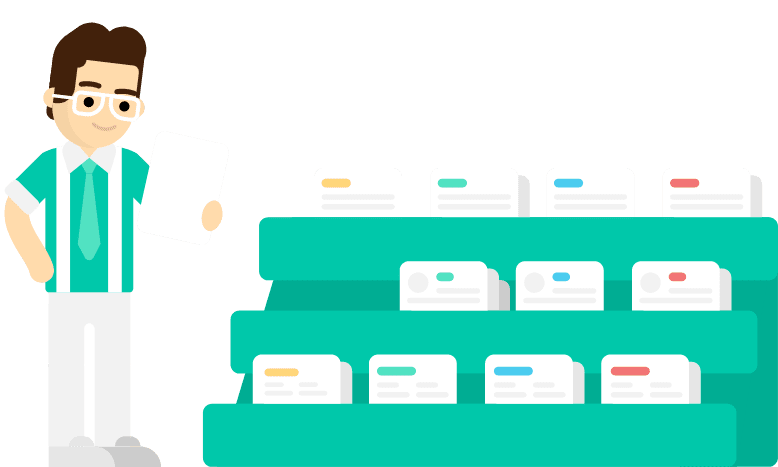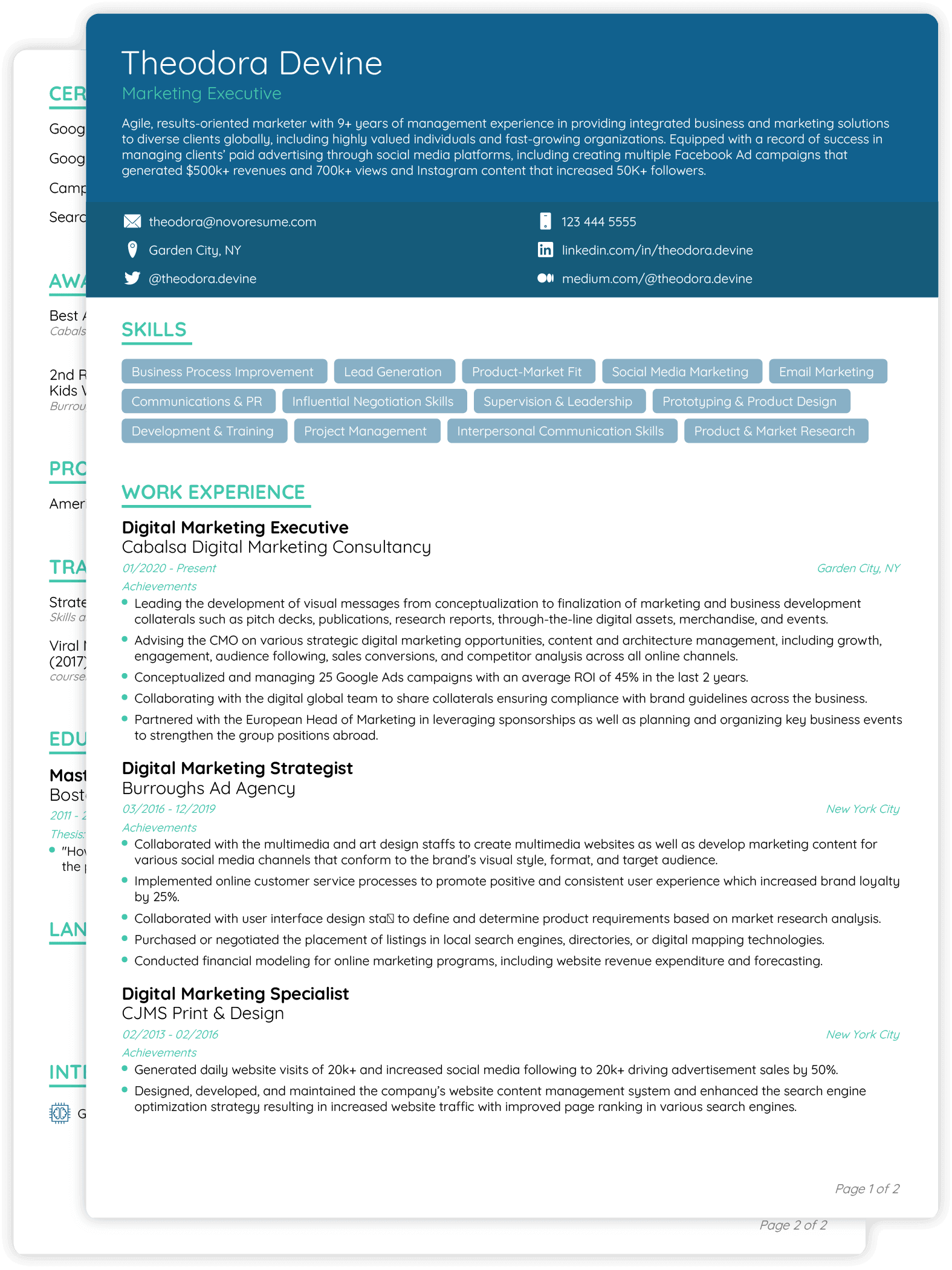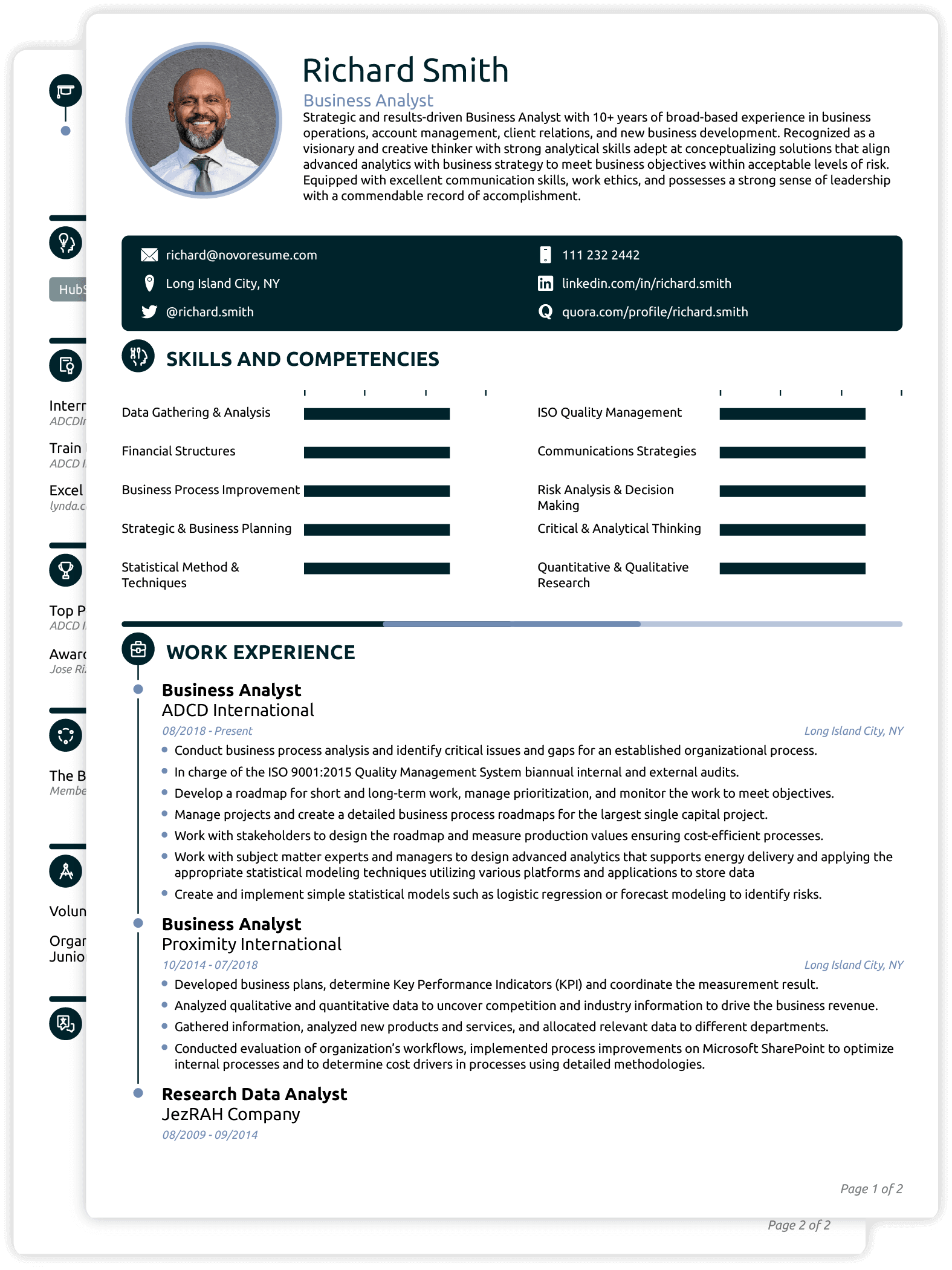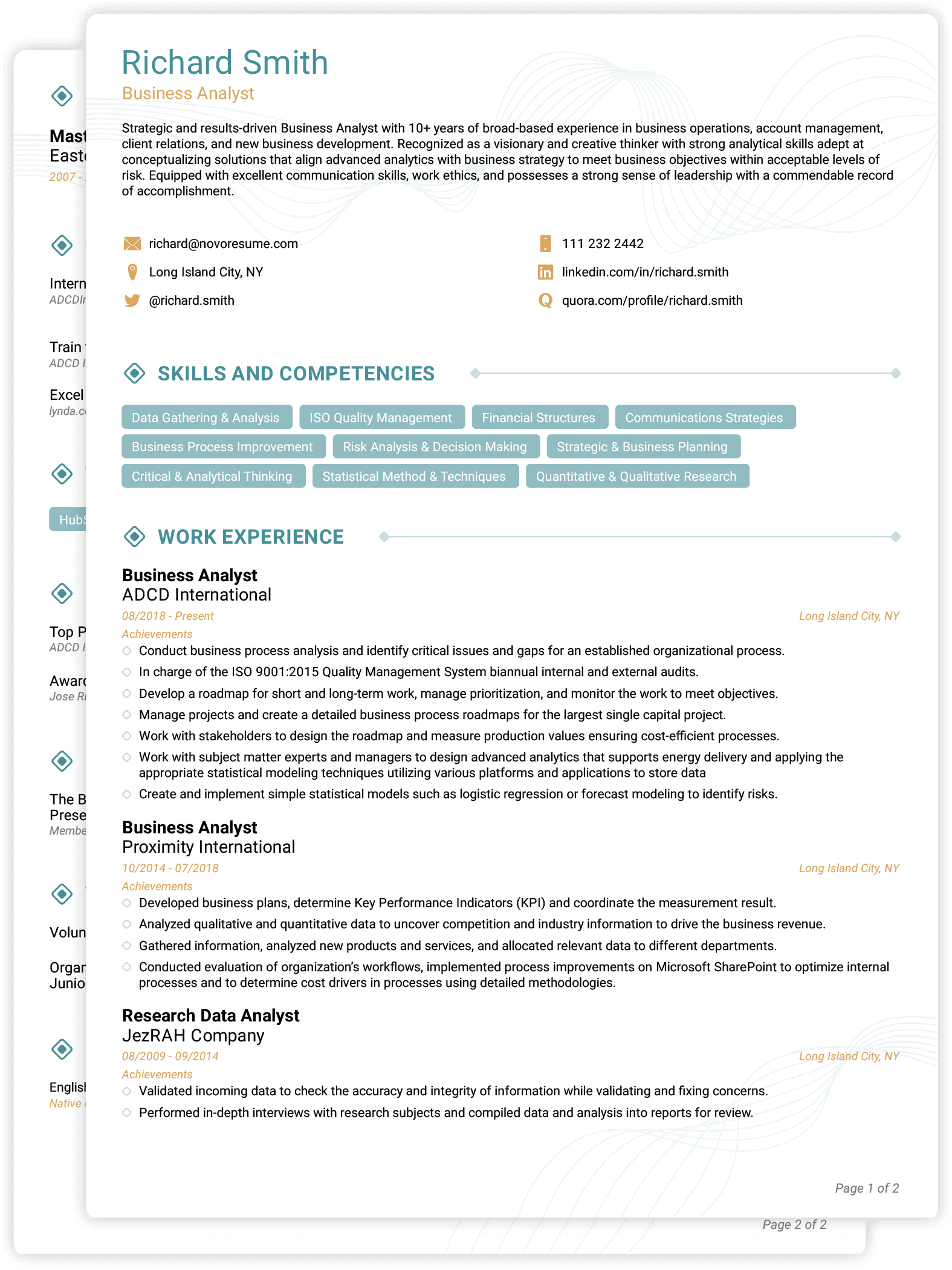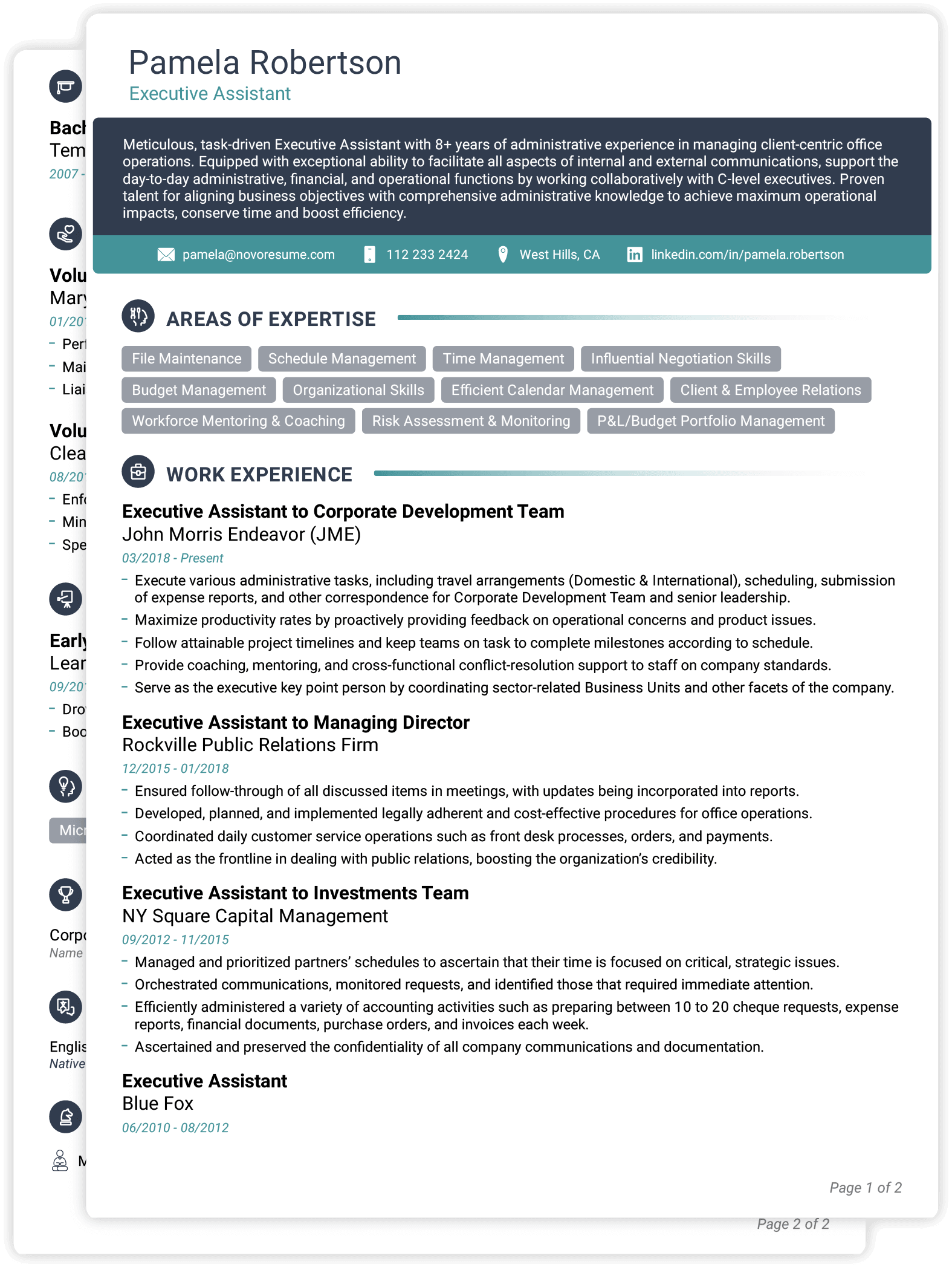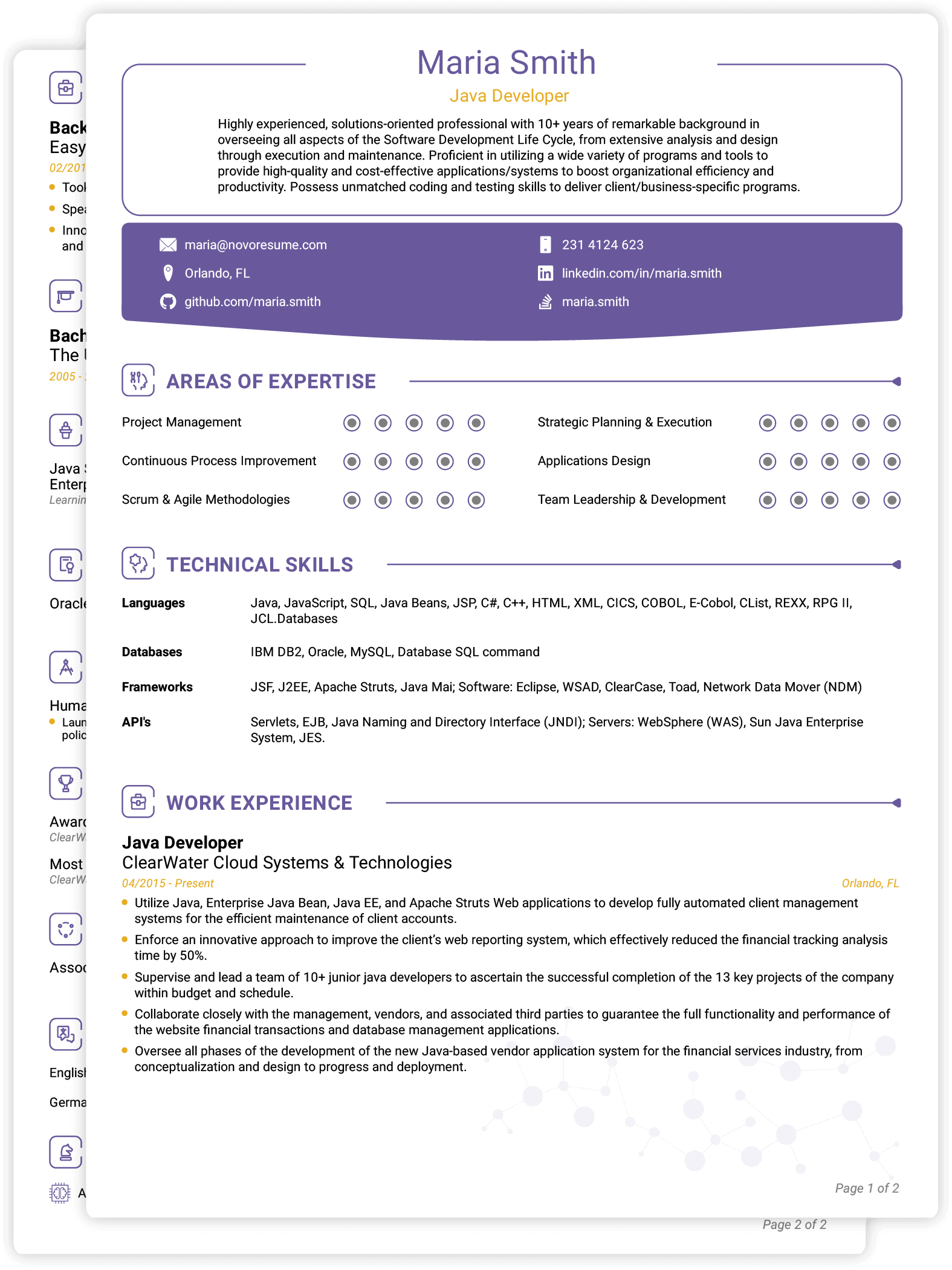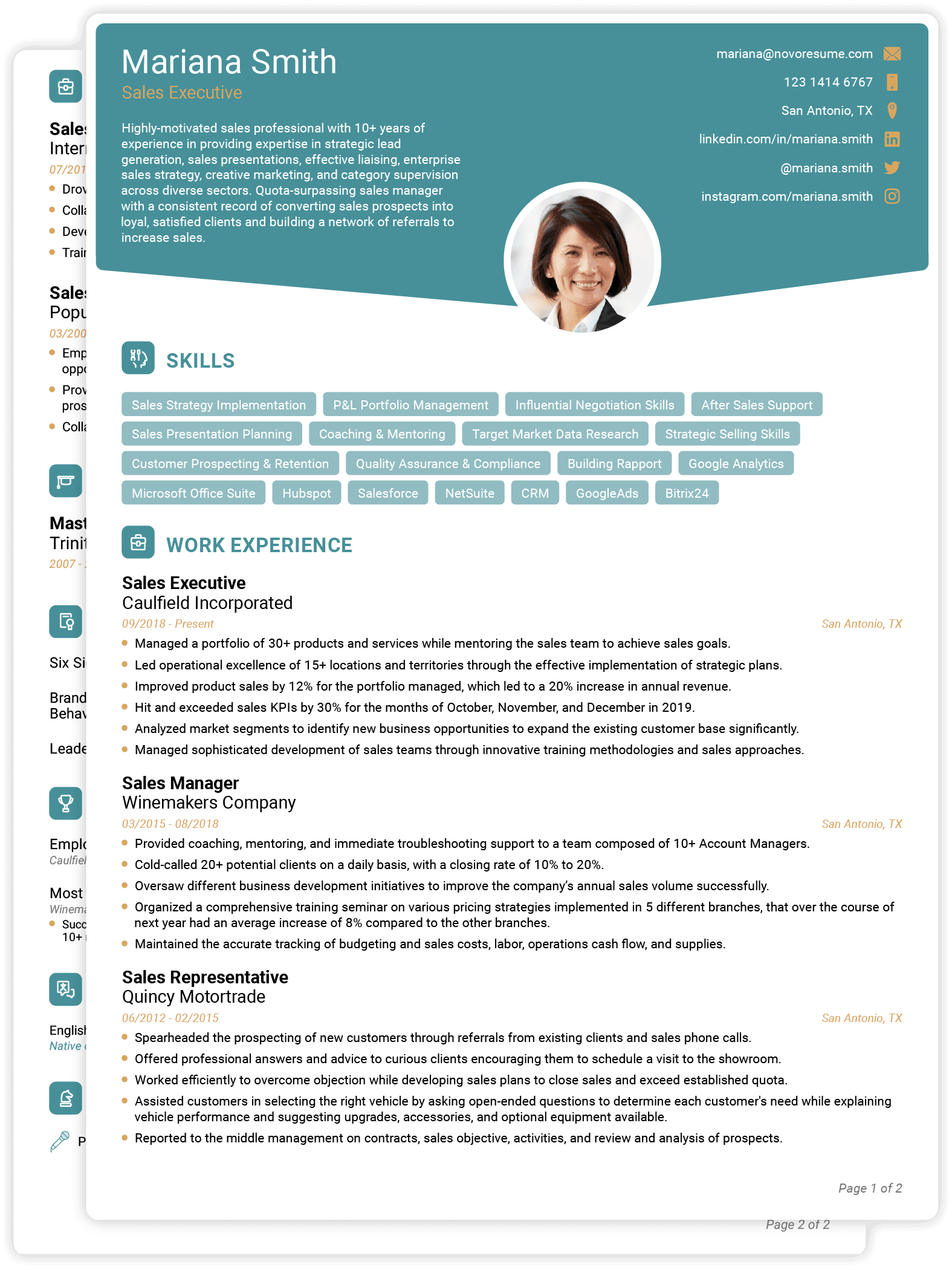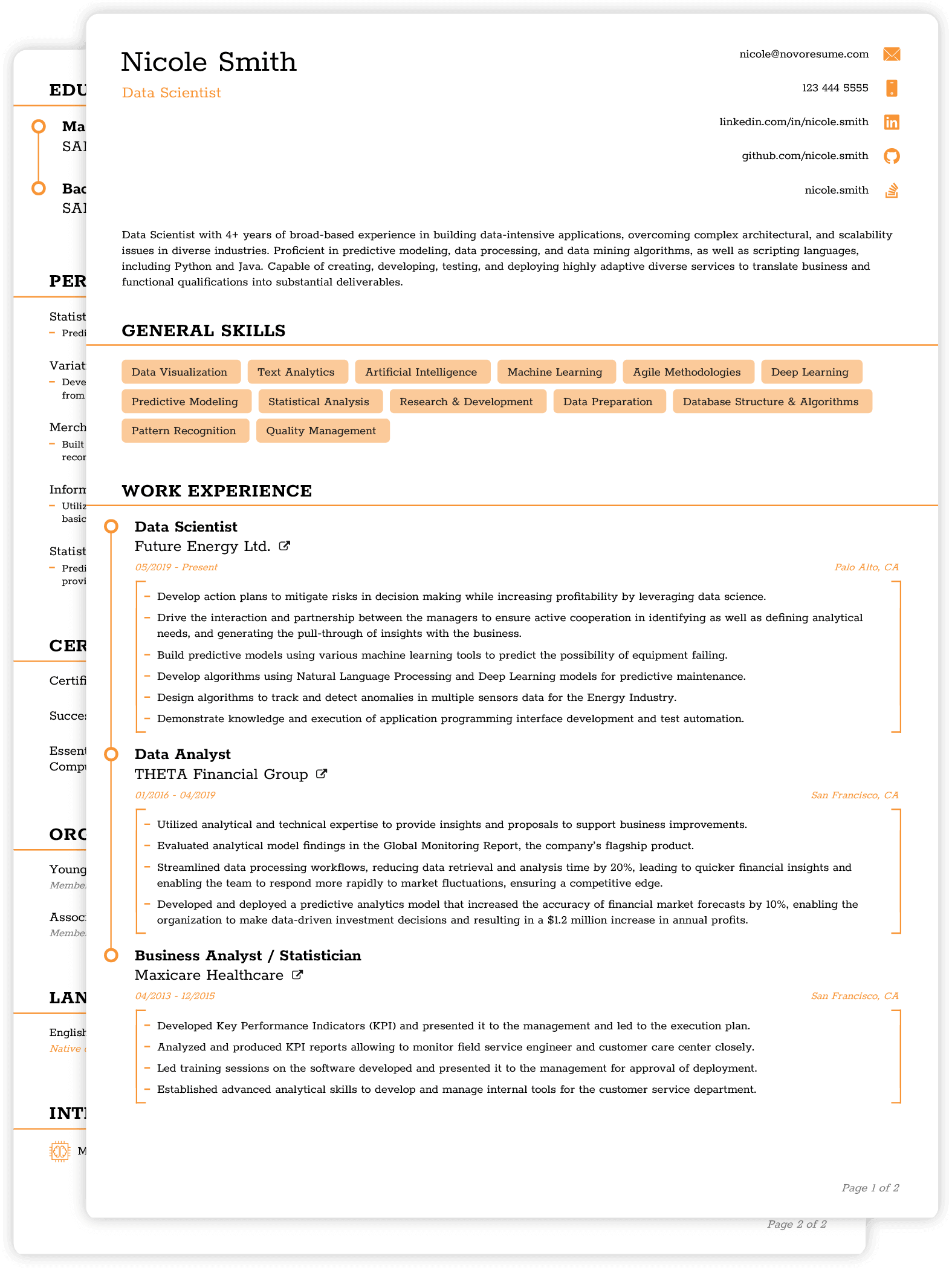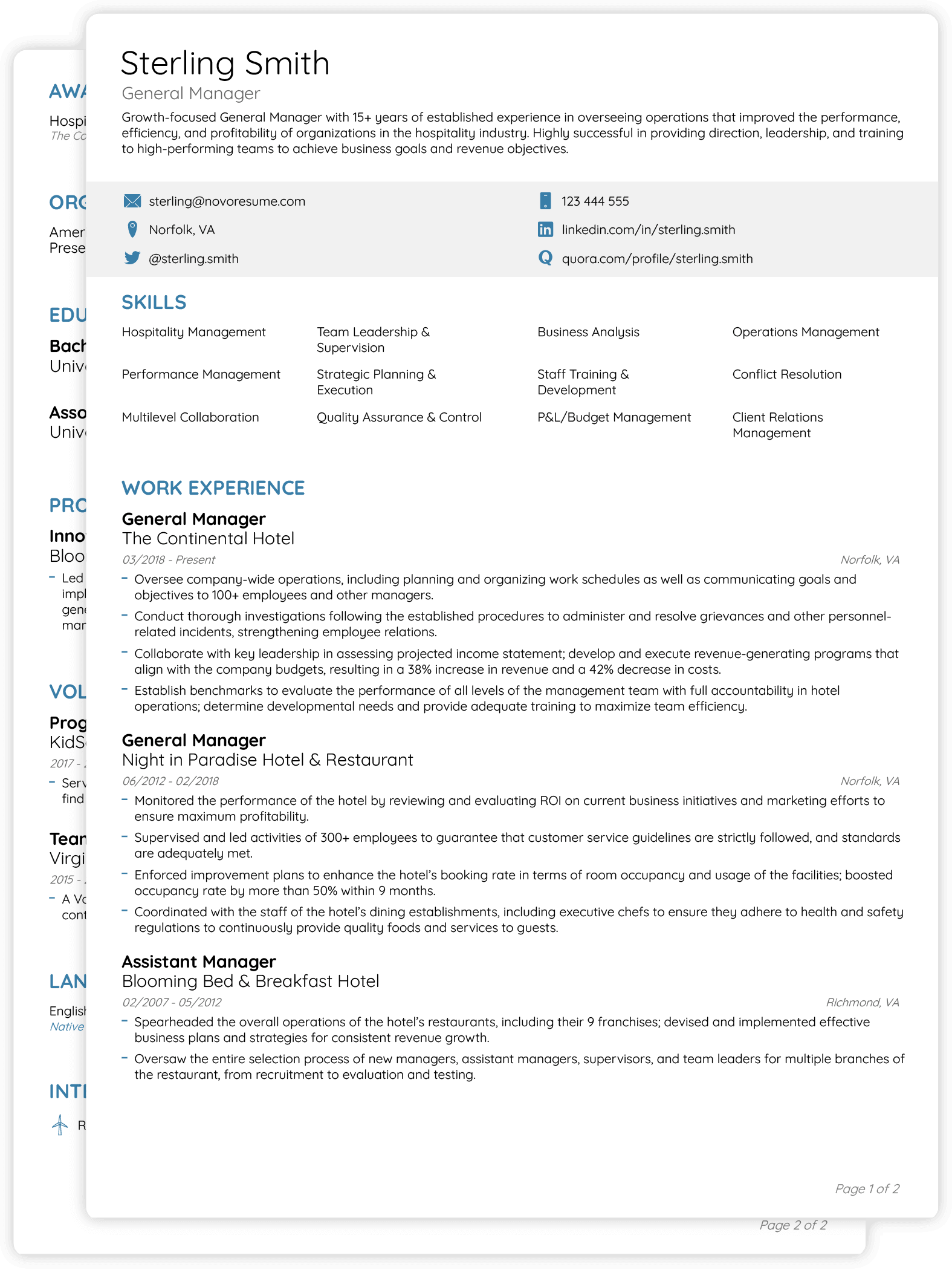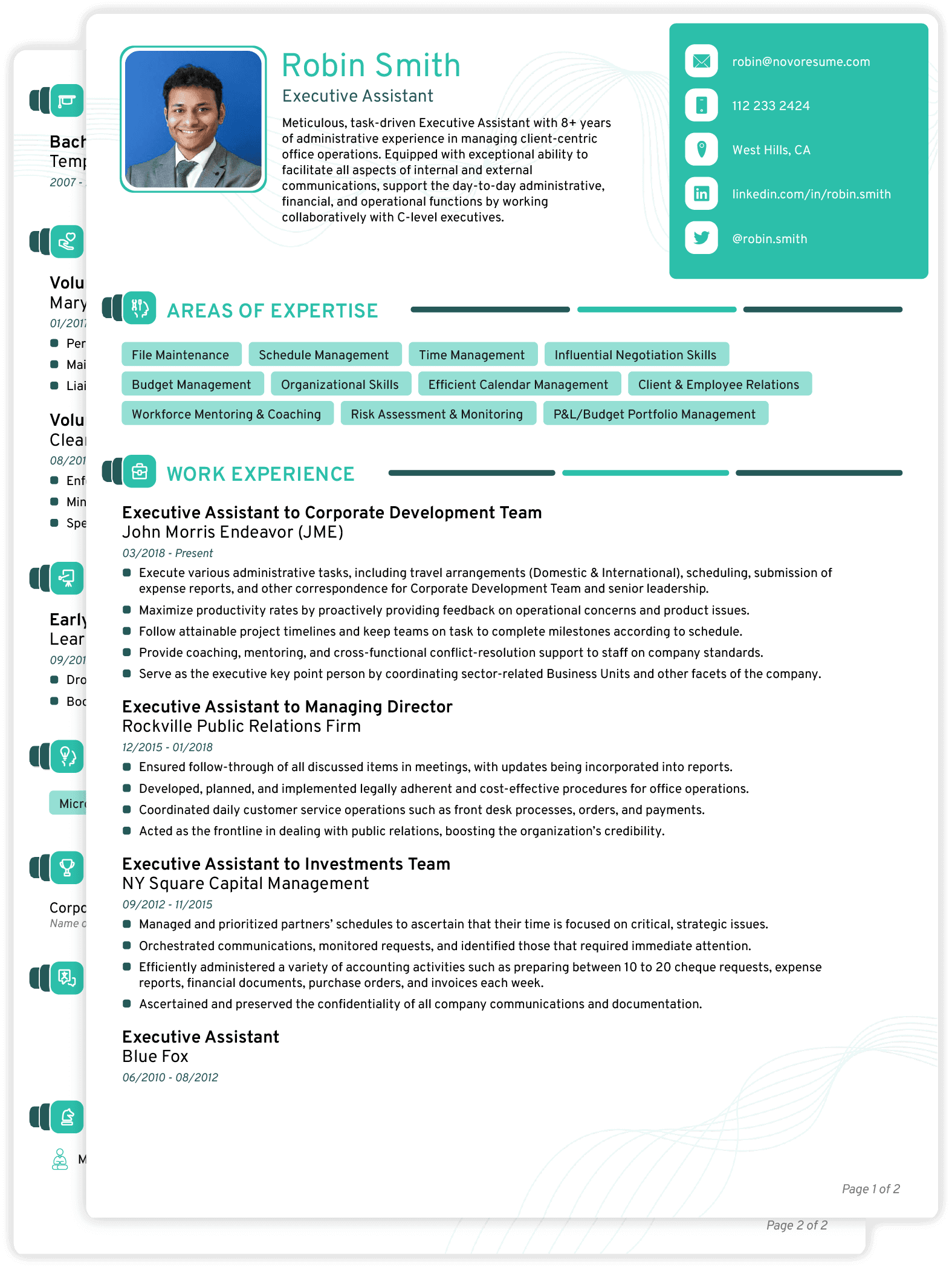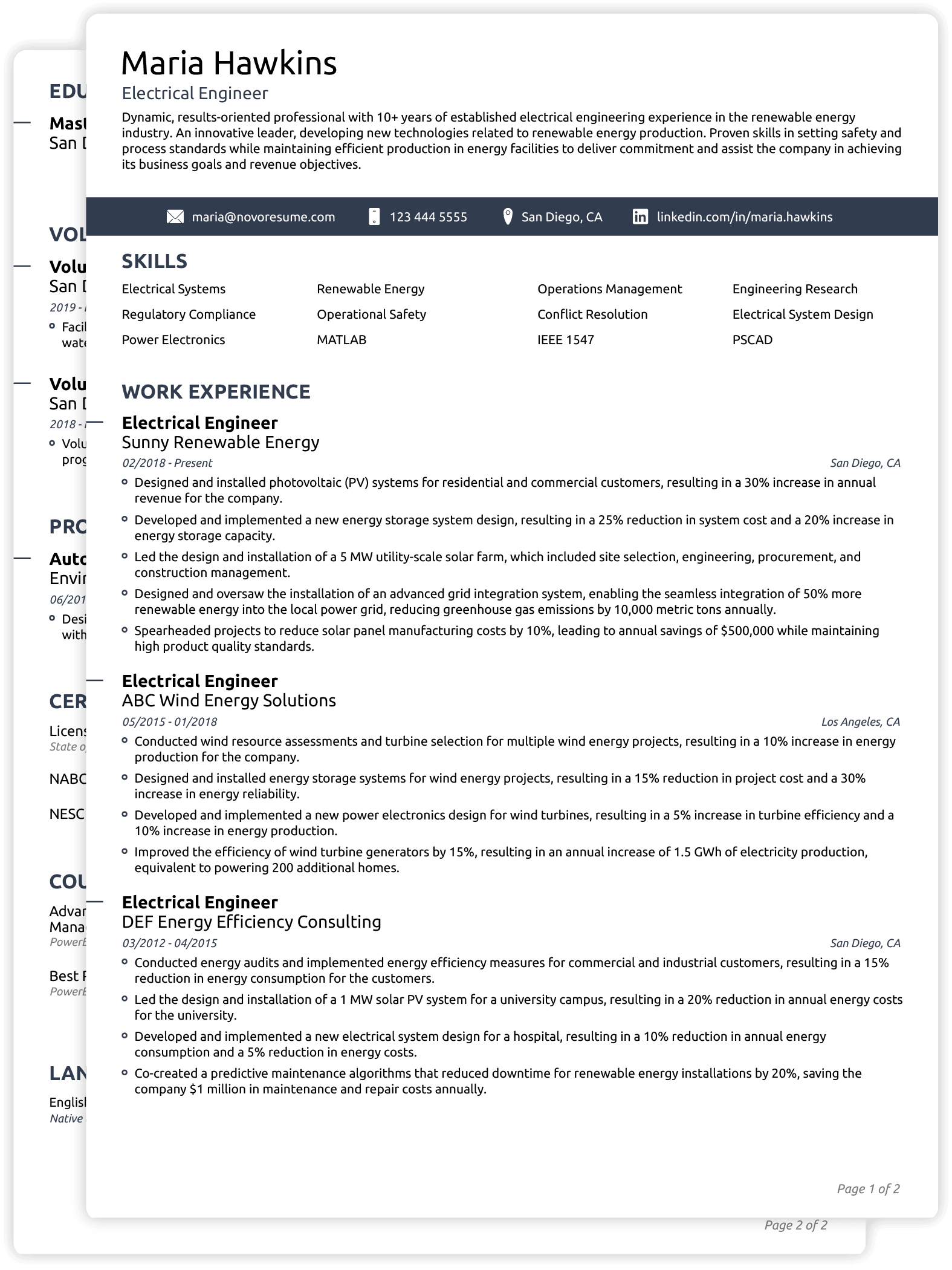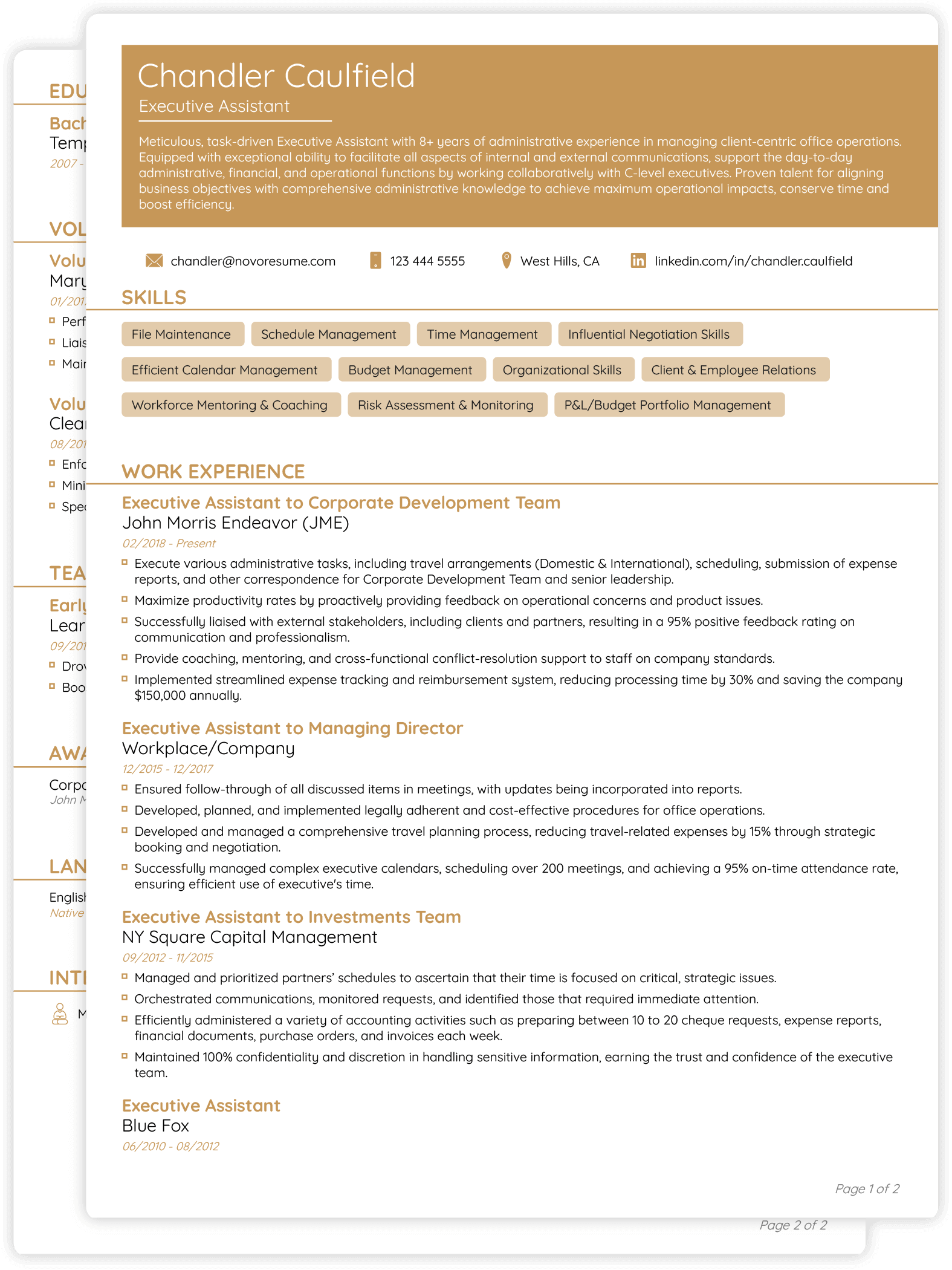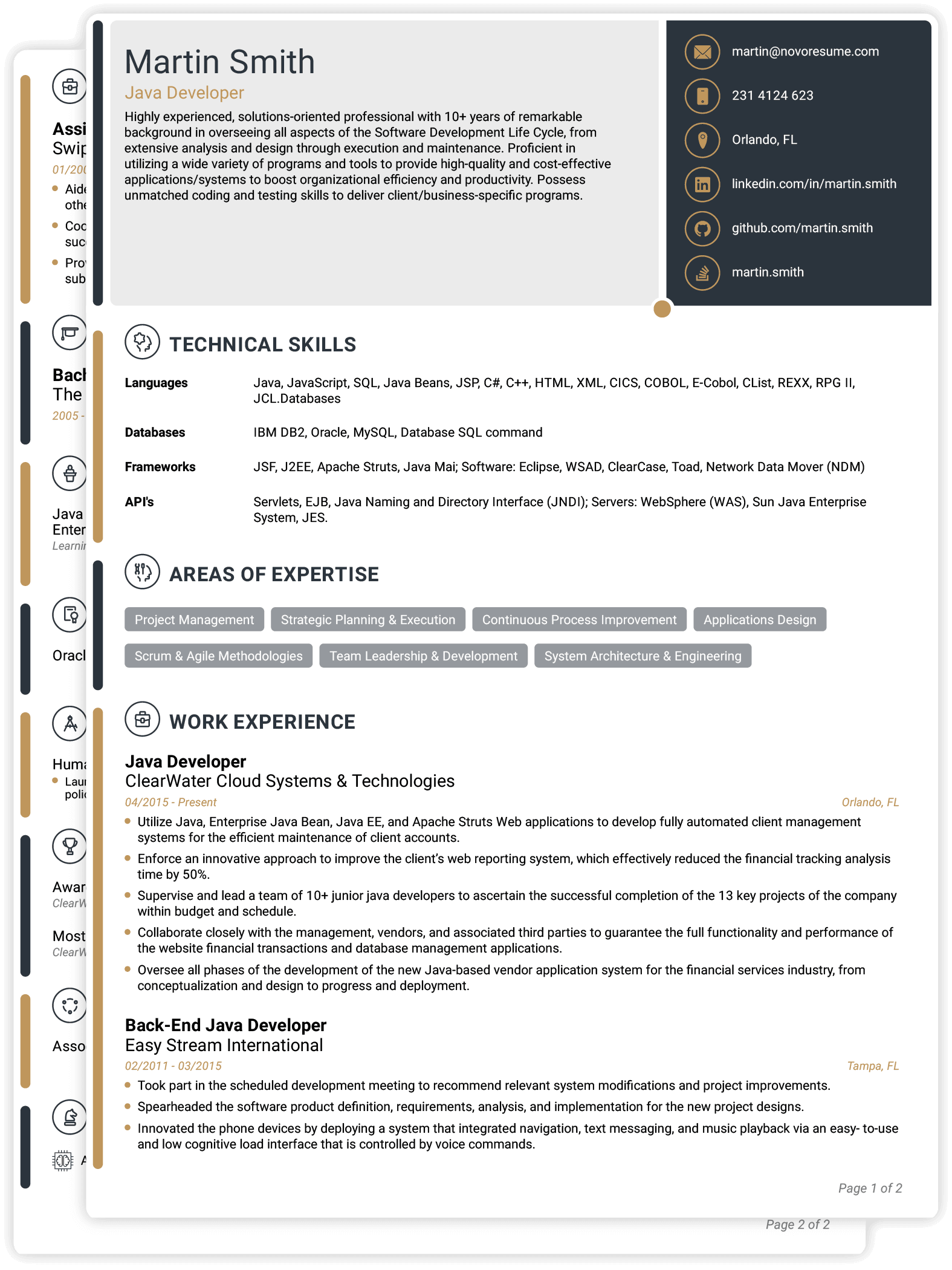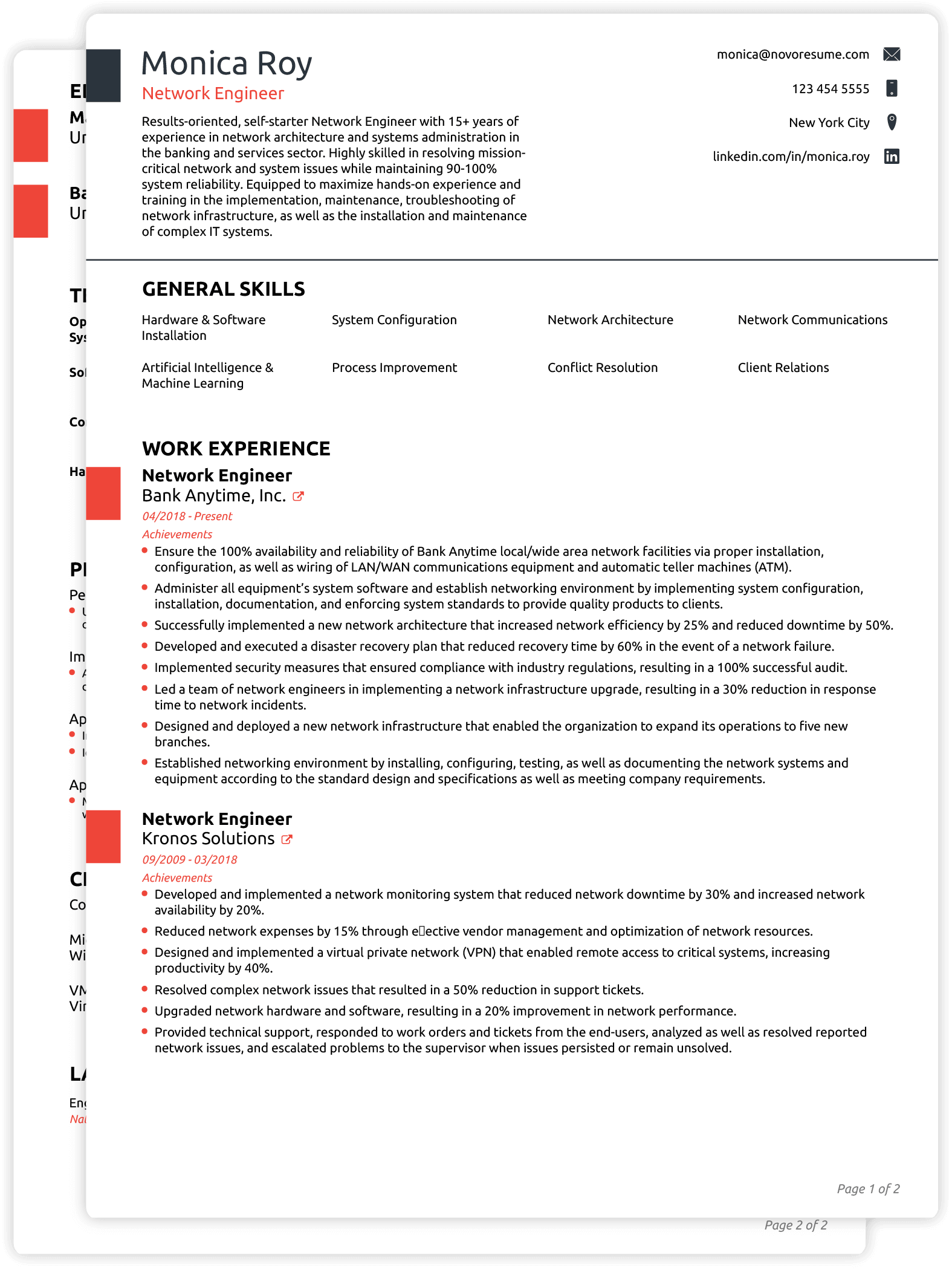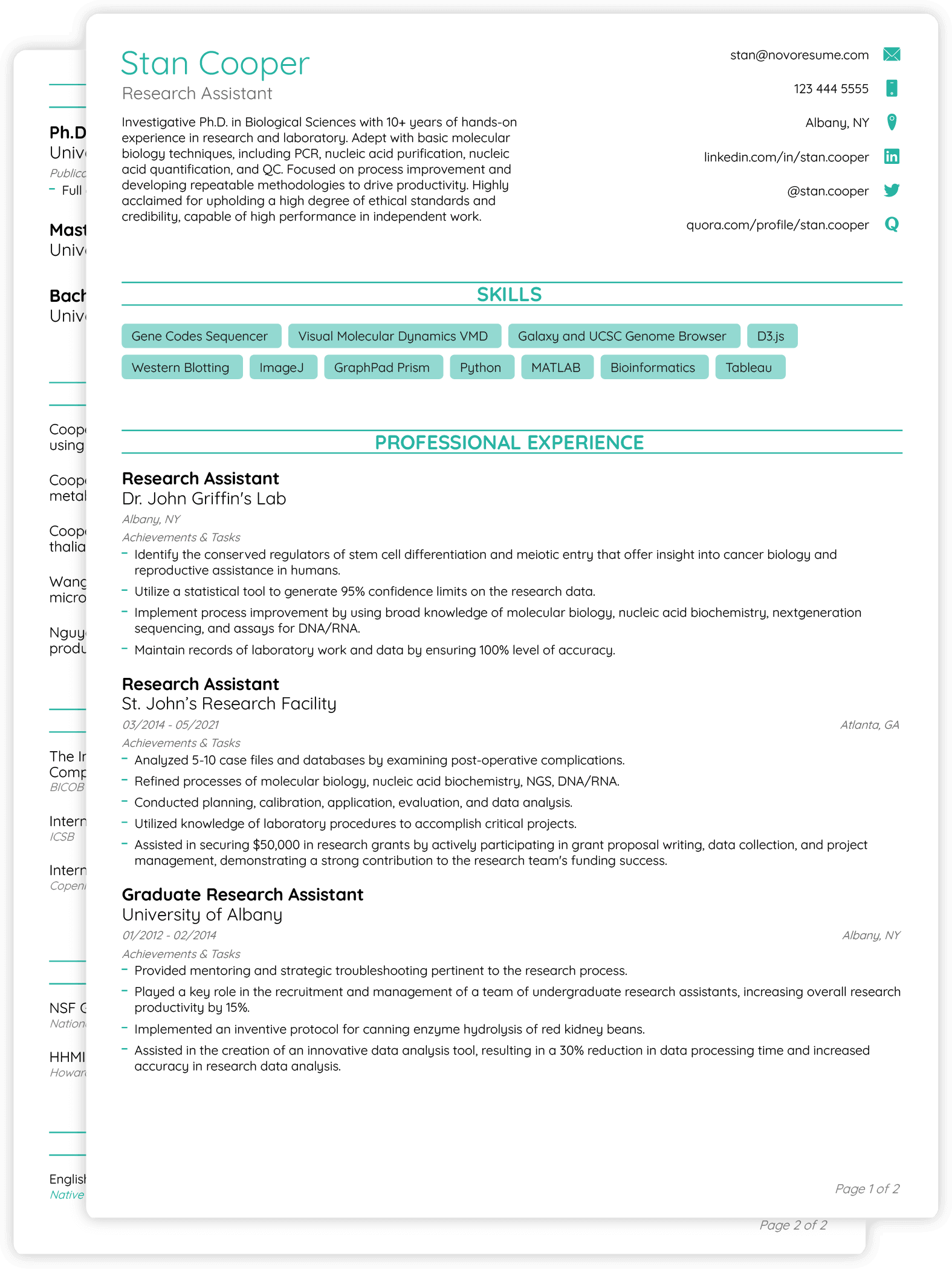Templates for Cover Letter
/ For any level of experience
Cover Letter + Resume = Job-Winning Formula!
For a standout application, ensure your cover letter complements your resume seamlessly. A well-matched duo captures recruiters' attention and leaves a lasting impression!
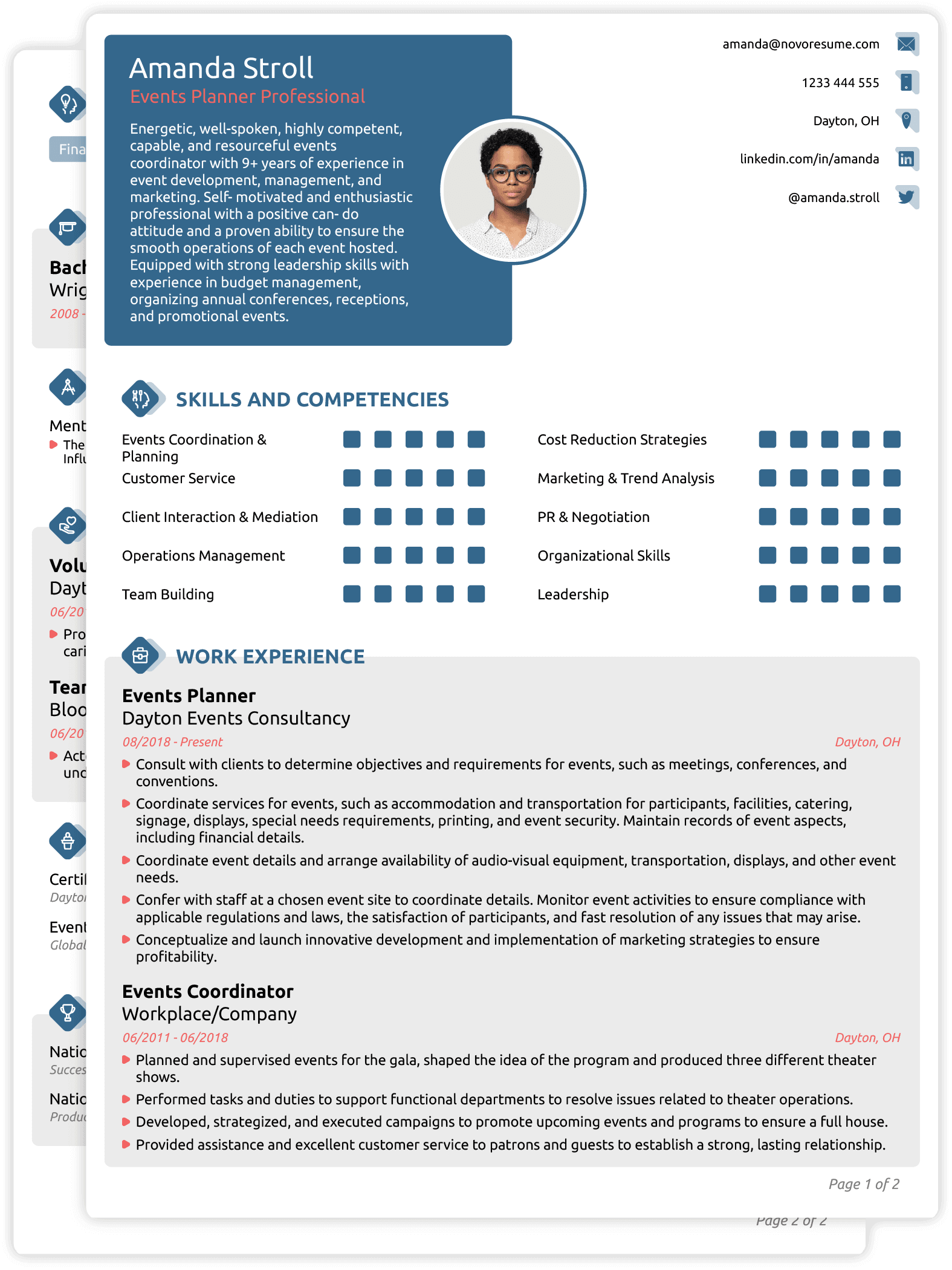

Why should you choose Aspire?
Cover Letters That Click!
A seamless match—our cover letter templates are designed to complement your resume, ensuring a polished and professional application.
One Style, Endless Opportunities!
From corporate boardrooms to buzzing startups, Aspire’s cover letter templates adapt to any industry, helping you put your best foot forward.
Tailored for Success!
TKeep your application sharp and cohesive with cover letters that align perfectly with your resume—because first impressions matter!
A Perfect Pair!
Your resume and cover letter should be a team. With Aspire, they align effortlessly, making your application impossible to overlook.
Cover Letter Toolkit
What is a Cover Letter?
A cover letter is a tailored document that accompanies a resume, offering a brief introduction to the candidate. It highlights key qualifications, relevant experience, and enthusiasm for the role, helping to create a strong impression on hiring managers and recruiters.
Why Use a Cover Letter Template?
A well-crafted cover letter enhances your resume and boosts your chances of landing the job.
However, if it's too long, poorly structured, or inconsistent with your resume, it could work against you instead.
A cover letter template provides a pre-formatted, professional, and recruiter-friendly layout, ensuring a polished presentation. All you need to do is personalize the content, and you're good to go!
What are the Key Elements of a Cover Letter?
-
Header – Include your contact details, the employer’s information, and the date.
-
Greeting – Whenever possible, address the hiring manager by name for a personalized touch.
-
Introduction – Start with a compelling opening that introduces yourself and expresses enthusiasm for the role.
-
Main Body – Showcase your relevant skills, experience, and achievements that align with the job requirements.
-
Conclusion – Wrap up by reaffirming your interest, summarizing your value, and adding a call to action.
-
Professional Closing – Sign off formally with “Sincerely” or “Best regards,” followed by your name.
A well-structured cover letter enhances your application and increases your chances of making a lasting impression!
What Is the Ideal Length of a Cover Letter?
A cover letter should be concise yet impactful, typically 250–400 words, or half a page to one full page in length.
It should be long enough to highlight your qualifications and enthusiasm for the role but short enough to keep the hiring manager’s attention.
Key Tip: Stick to 3–4 paragraphs, ensuring your introduction is engaging, the body showcases relevant skills, and the closing leaves a strong impression.
How to Write a Cover Letter Without Experience in the Role
Even if you don’t have direct experience in the role, you can still craft a strong cover letter by focusing on transferable skills, education, and enthusiasm for the position. Here’s how:
Start with a Strong Introduction
-
Express excitement for the role and briefly introduce yourself.
-
Mention how you found the job and why you’re interested.
Highlight Transferable Skills & Relevant Experience
-
Draw from internships, coursework, volunteer work, or personal projects.
-
Emphasize soft skills like problem-solving, adaptability, teamwork, and communication.
Show Enthusiasm & Willingness to Learn
-
Explain why you’re passionate about the industry or company.
-
Demonstrate a proactive attitude and eagerness to develop the necessary skills.
End with a Strong Closing
-
Reiterate your interest and confidence in your ability to contribute.
-
Include a call to action, such as requesting an interview
Pro Tip: Keep it concise, confident, and tailored to the job description. Even without direct experience, a well-crafted cover letter can make a strong impression!
Aspire Cover Letter Builder - Frequently Asked Questions (FAQs)
Do I always need to submit a cover letter?
While not always mandatory, a cover letter helps personalize your application and can give you an edge over other candidates.
Should my cover letter match my resume?
Yes! A consistent design and tone between your cover letter and resume make your application look polished and professional.
Can I use the same cover letter for multiple job applications?
It’s best to tailor each cover letter to the specific job and company to increase your chances of getting noticed.
Should I send my cover letter as a PDF or Word document?
Unless stated otherwise, PDF is the preferred format since it maintains formatting across different devices.
How should I address my cover letter if I don’t know the hiring manager’s name?
If you can’t find a name, use a professional greeting like “Dear Hiring Manager” or “Dear [Department] Team” instead.
What’s the best way to end a cover letter?
Close with a confident statement, express enthusiasm for the role, and include a call to action, such as requesting an interview.
Can I email my cover letter instead of attaching it?
Unless the job posting specifically asks for it, it’s best to attach a professionally formatted cover letter rather than pasting it into the email body.
